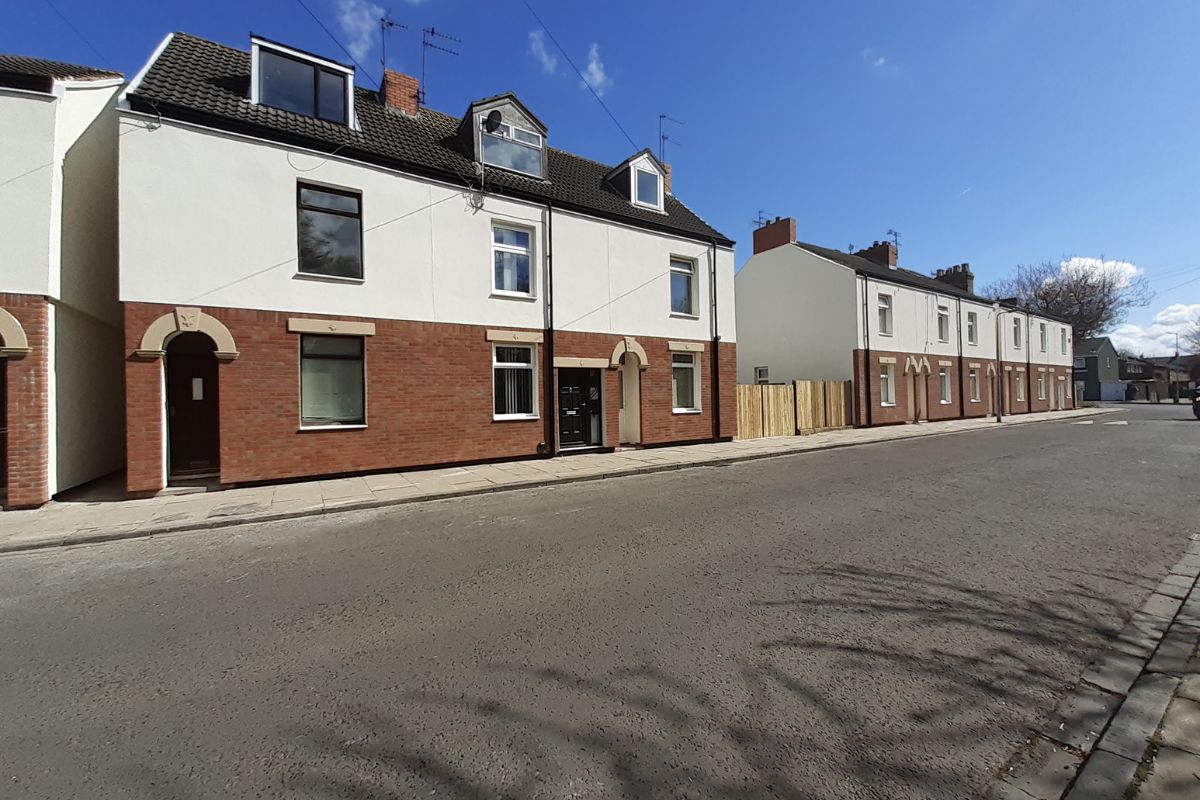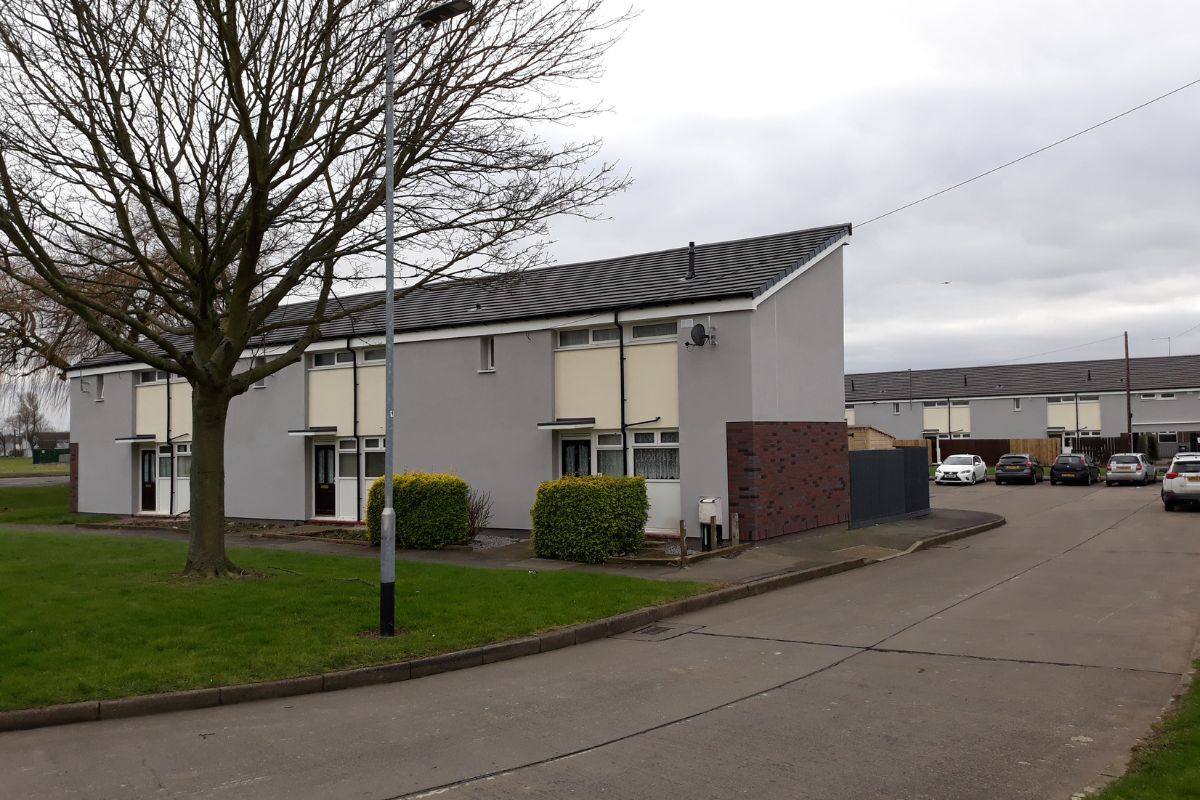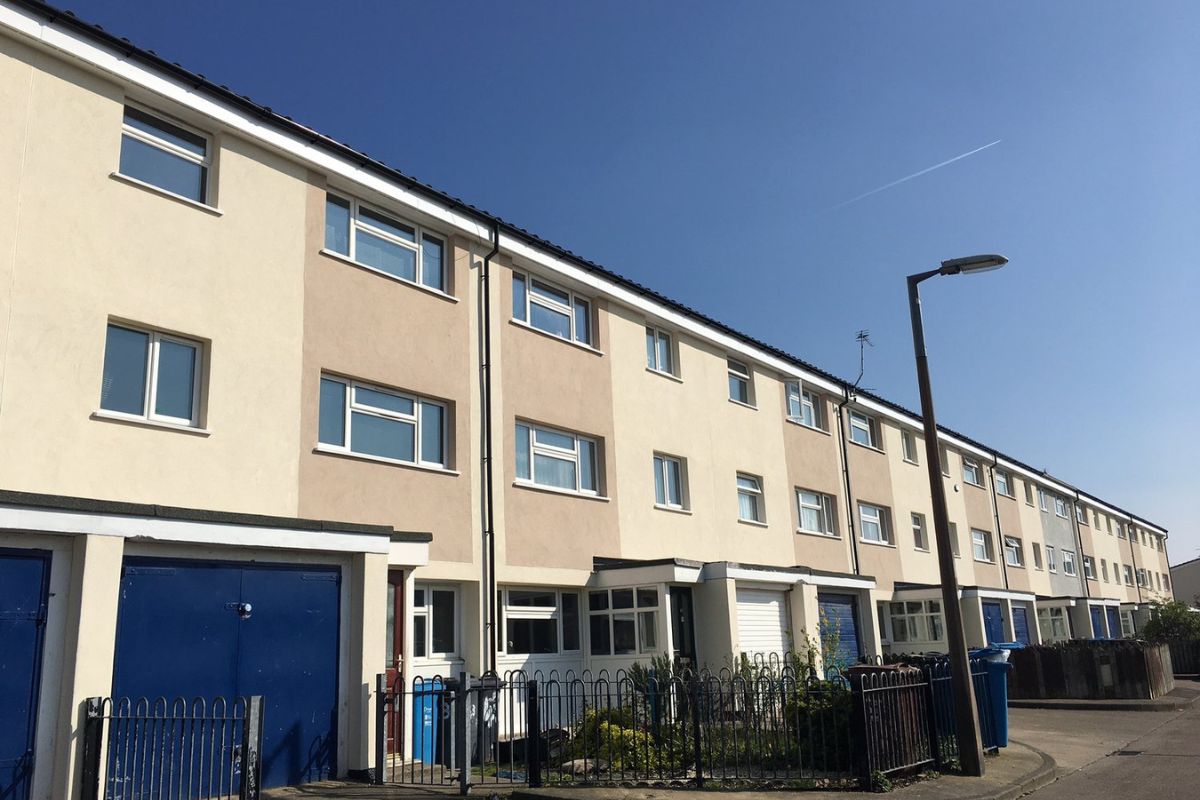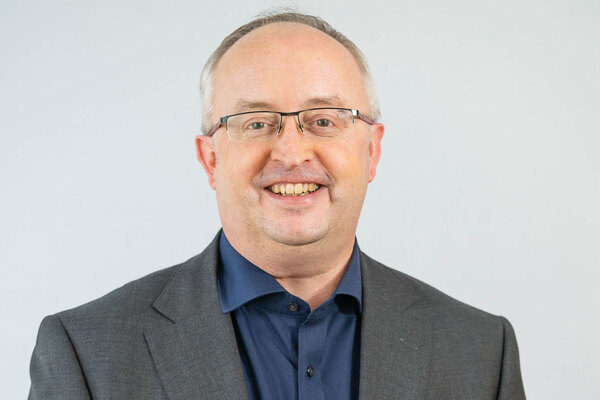"Decarbonisation is a significant challenge that has to be addressed across all sectors and partners in the city"
We spoke with Hull City Council about their ambition to be a carbon neutral city by 2030
With your approach as a city to decarbonisation – how is it going and what have been the key learnings to date?
As a city our decarbonisation journey has a long tail. At least since the early 1990s, we have been developing and delivering housing regeneration schemes that have addressed the thermal performance of homes in both the public and private sector to reduce fuel poverty and drive the wider co-benefits in aspiration, health and educational attainment. We have been part of innovative approaches, such as Housing Action Trust’s, Housing Market Renewal Gateways and Single Regeneration Budgets. As decarbonisation has become a greater driving force, we continue to develop and deliver housing fabric schemes and deliver pilot zero carbon heating solutions. Across the city, we are at the heart of the energy transition, being home to the Siemens Gamesa offshore wind manufacturing site which employs 1,400 people and delivers turbines for the UK and overseas market. We are also home to one of the UK’s largest heating companies, Ideal, which has established a national training centre for air source heat pumps (ASHP) and manufactures them within the city. These opportunities have enabled the city to develop new approaches to ensuring local people can gain jobs in the net zero economy transition. The provision of multiples waves of training bootcamps through Hull Training and Adult Education has maximised the opportunity for local people to secure employment. The University of Hull is also very active in the energy space, with Masters in Flood Management and Renewables key feature of its curriculum. The city is addressing longstanding national gender inequality within manufacturing and engineering through programmes such as Women into Manufacturing Engineering. However, as a city, we recognise that the heart of the economy is the SME sector and, through a partnership established by Reckitt, the council, Future Humber and University of Hull, we have developed the Oh Yes! Net Zero project to support the SME sector through mutual support and learning. This focuses on business to business support to help companies understand their carbon emissions and how they can reduce them, engaging local supply chains to increase skills to make them more competitive and put them in a position to meet customer demands whether that is organisations they supply or direct to consumers. In our endeavours to retrofit and future proof our homes, we have been successful in taking advantage of government funding in its various forms including Local Authority Delivery and Social Housing Decarbonisation Fund, as well as via funds such as the Energy Company Obligation. Early engagement with residents has been key in order for them to fully understand and reap the benefits of decarbonising their homes.
Has anything in the scale of work required surprised you (both good and bad)?
Reaching net zero and adapting to climate risk is a significant challenge. The scale is immense, but it is the pace of change required that is the most challenging. As a city, we have only 20 years to become net zero and 15 years to be a net zero organisation, which means the next 10 years are fundamental to the long-term success. The change cannot be left until the last minute. It is the change in how we embed the carbon impact and risk costs that is requiring different ways of thinking about solutions, our whole notion of what business as usual emphasises the scale of change. The surprise is really in how quickly we need to develop new skills and ways of seeing at a scale and pace that will change fundamentally our understand of place making. It is not so much a surprise, but needing to understand what a fair transition looks like and how in the scale of work we deliver it alongside our communities, residents or businesses.
Net zero and decarbonisation is one challenge, but how do you balance the scale of what needs to happen under this agenda with other activity such as building new affordable homes, the regeneration of places, updating your transport infrastructure and the ongoing pressure to deliver improved local services?
The agenda is not incompatible with our thinking. Embedding net zero and adaptation within all other projects is essential to delivering this agenda. If we do not do this, then we are adding expensive retrofit costs to projects in only a few years’ time. Embedding climate change within programmes ensures the best use of the investment we make, and others make in the city. We do not see these as “either/or” choices. If the other activities do not consider how they contribute to carbon emissions or understand the climate risk they will experience over their life and build mitigation into them, then we are not delivering improved local services. When considering new housing and the regeneration of places, sustainability is at the forefront of what we do, especially with regards to sustainable heating solutions, Biodiversity Net Gain on site etc. No longer is sustainability a bolt on, retrospective consideration, but an incorporated consideration upfront to ensure good quality design and sustainable homes and communities are achieved. In the journey to net zero and decarbonisation, we also need to be mindful that we do not push residents further in to fuel poverty and look at solutions which benefit both the environment and our more vulnerable residents.
In planning for the city’s future, how much consideration is having to be made now to adaptation and mitigation for climate related impacts?
Addressing the climate and nature emergency is one of the five ambitions in our Community Plan and Corporate Plan. Therefore, mitigation and adaptation are at the heart of our approach to the city’s future. From a climate risk perspective, Hull is the second most vulnerable city in the UK after London to flooding. Our response to the flooding in the city in 2007 was the creation of a globally leading partnership “Living with Water”, which led to Hull being established as one of the first Global Water Resilient Cities. This brings together Hull City Council and East Riding of Yorkshire Council (ERYC), Environment Agency (EA) and Yorkshire Water, which has resulted in significant infrastructure including Aquagreens and a Blue Green Plan for the city totalling £1.5bn. The city is also thinking beyond flooding to the other extensive climate risks within the national Climate Change Risk Assessment and understanding as a business how the council will be impacted through the Adaptation Reporting Power local government pilot as well as developing a city Adaptation Strategy.

When undertaking large scale programmes across communities what are the principles underlining your engagement approach?
As an example, for Dane Park, new housing scheme, we already have the data that shows the site sits in the most deprived ward in the country for fuel poverty. On the back of this, and the fact that Hull has declared a climate emergency, we pushed forward with ASHP/Photovoltaic to help with the soaring costs associated with heating and hot water. There is always the formal planning process that allows any input from the community, we engaged with ward members and housing staff, updated via ward newsletters and on the official HCC website etc and the usual contributions from EA/flood team/other stakeholders. Engagement and prior consultation has been key to ensuring our retrofit schemes are successful and that our residents are onboard for the journey as the works carried out to their homes can be extremely disruptive.
How do you link between meeting housing demand, regeneration of place, transport upgrades and the decarbonisation of the region?
It is the strategic context that links these agendas. Our Local Plan is currently being revised to embed climate change to a greater extent because of the net zero targets set for the city. Managing these elements has always been integral to our approach in Hull as we are a tightly bounded city and therefore land-use and competition for this has always been a consideration. These considerations are at the heart of our place-making approach using regeneration in its widest sense to drive employment growth opportunities for our residents and creating a city that is attractive both in terms of its built forms, but also its nature spaces and climate response. Integration to drive out multiple benefits helps us address silo thinking and appreciation of the contribution we make collectively. We also work closely with funders who support decarbonisation, for example Homes England (HE) and Department of Security and Net Zero, as well as neighbouring authorities, namely ERYC through current devolution discussions.
What impact has the current cost-of-living-crisis had on your long-term investment plans across these complementary agendas?
Like the rest of the local government sector, we are having to meet increased residents’ expectations and requirements on a shrinking budget. The cost-of-living crisis has only increased these pressures, both on our budgets, but also partners and investors. However, this has also led to the council increasing its focus upon the opportunities to drive efficiency and maximise the co-benefits of investment of investment. It is joining up budgets and solutions that enables the city to enable long term investment. In support of this, increased understanding of the challenges around net zero and climate risk through our developing Local Area Energy Plan and Adaptation Strategy mean that we can understand how the transitions will play out over the long term and develop investable propositions for funders, including looking at new business models and shaping long term investment certainty over short term profits. Costs associated with new housing delivery have increased considerably, whether this be labour, fuel, raw materials etc, compounded with a fall in the housing market and availability of mortgages. This has meant schemes have been delayed or repriced, which has a knock-on affect for timescales and ultimate delivery. As an authority, we are trying to increase our own direct delivery to try and ensure a constant flow of new housing is achieved. As well as utilising available funding streams i.e. HE, One Public Estate to support some of the impacts on costs. In terms of our residents, the cost-of-living crisis has increased the levels of fuel poverty within the city and therefore our residents benefit from our fabric first approach to retrofit with reduced fuel bills and warmer healthier homes.
Our cities, placemaking, living and the net zero challenge programme is supported by E.ON, Equans and Mears





